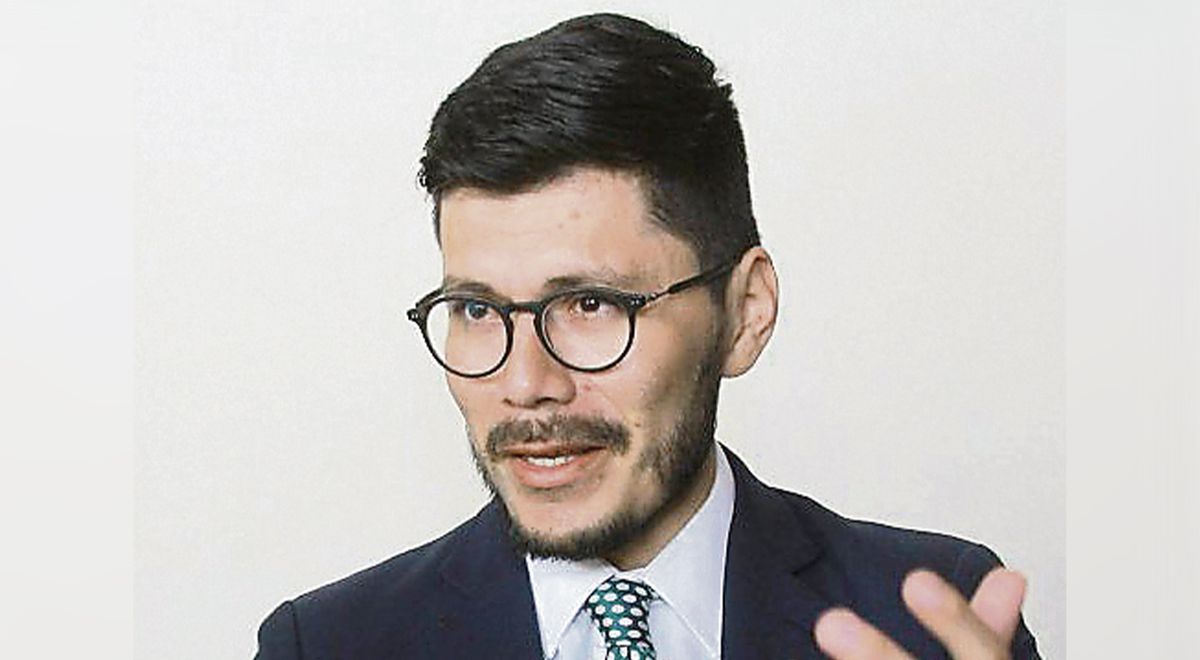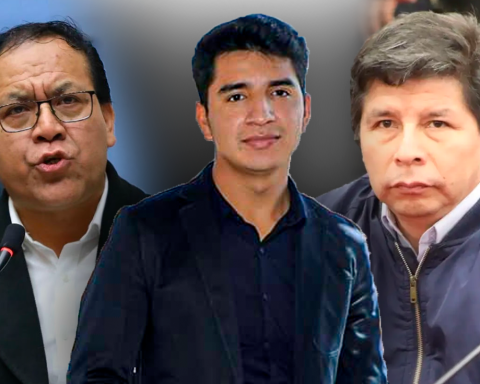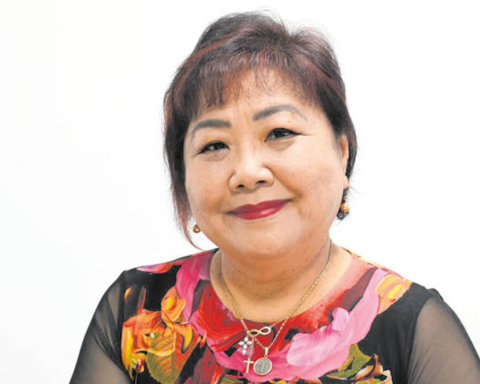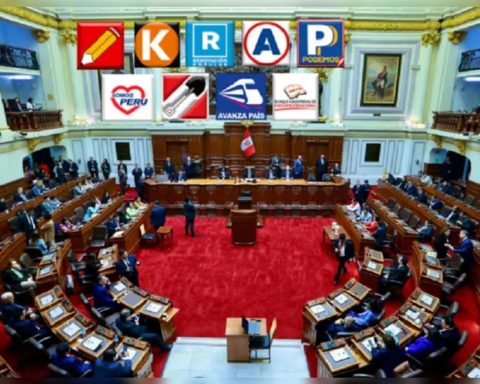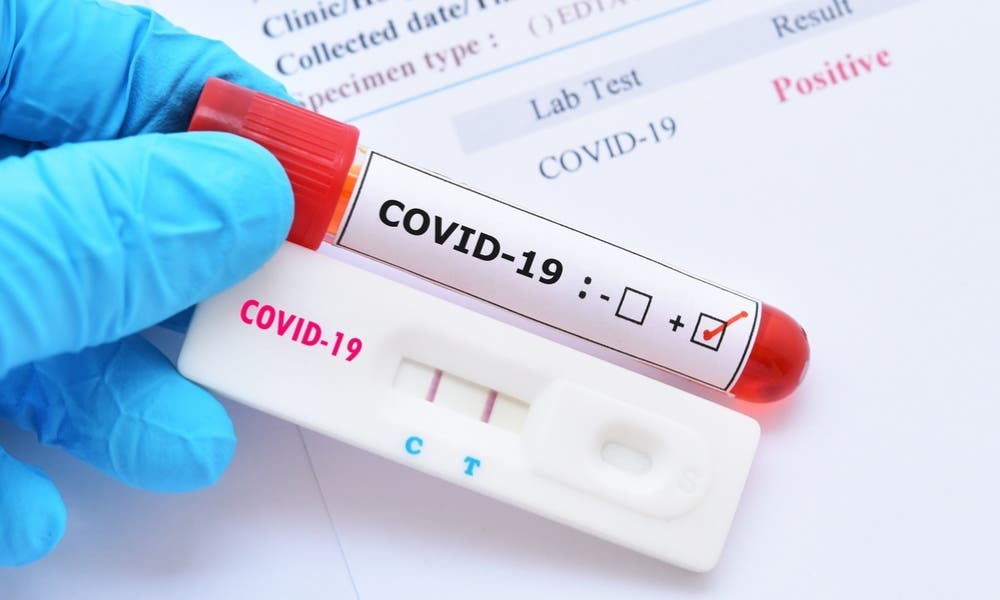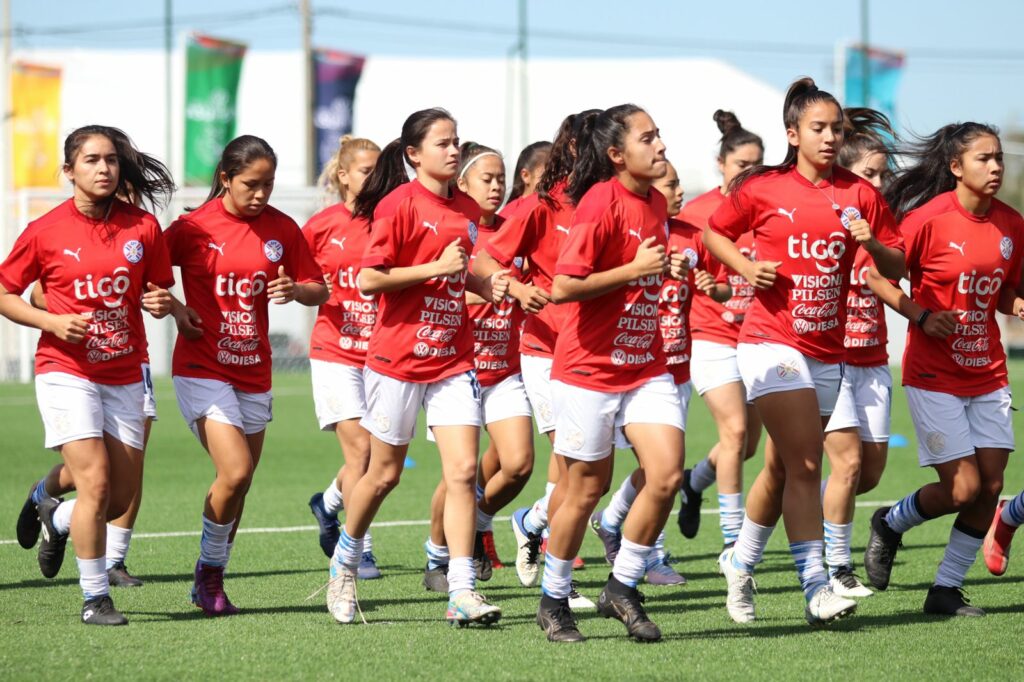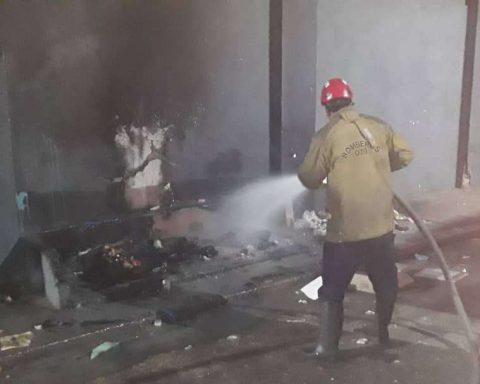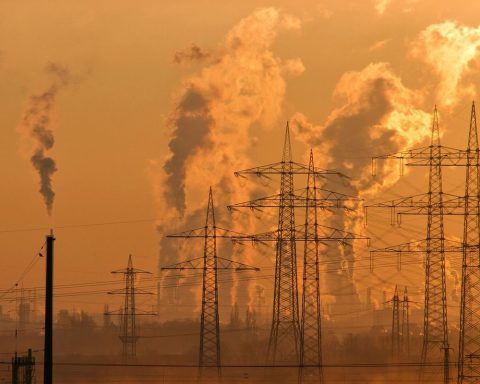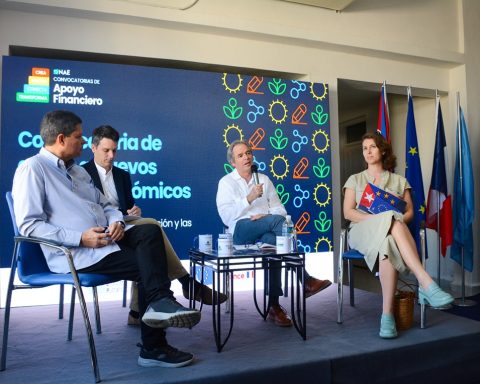Gonzalo Banda, political scientist and teacher, analyzes in the following interview the regional and municipal elections Sunday. poses some characteristics of the regional political actors that can help to better understand the results and, incidentally, it suggests that subnational dynamics should not be analyzed with Lima labels.
— An idea was installed about the elections, that the regional movements had pre-eminence over the national parties. I think rather that the logic is that of recent times, more caudillista. In other words, people have chosen names with which they identify in some way and it doesn’t really matter under what letterhead they apply. What do you think?
It is the same situation as in recent years. We are not seeing something new: agents with regional capacity who have a persistent political life. Something that can differentiate Lima from regional politics is that the latter is that of persistent politicians, marathoners.
— Are they long-winded?
— Yes. They can apply five, six times and they don’t get tired. You see it in district, provincial and regional governments. The new mayor of Arequipa, the former soccer referee Víctor Hugo Rivera had already applied several times and now, with a small 15% of votes, he has won. The same thing happens in Puno, in Cusco. They are actors who constantly knock on the door, with great disrepute at times, but it is enough for them to be elected with small percentages.
— Why do you think that investigated authorities are chosen, even sentenced for corruption? Look at the case of Tacna, for example. Someone on house arrest. Is it because the recognized figure is privileged?
— Yes, and look at Ayacucho (Wilfredo Oscorima), the most serious case, because he is someone who was in prison and has ongoing investigations. The absence of reflectors in regional politics makes these gentlemen gain a type of legitimacy that is scarce, but at the same time sufficient. As there are no movements that concentrate the vote, the dispersion of forces favors them. When I have said that much of the regional policy has been replicated in the national policy, it has to do with that dispersion. Another factor is the lack of focus on the candidates, who are questioned or judged, but survive. They have client networks, media. There is a semi-silly romanticism that President Pedro Castillo made fashionable when he said he was going to give up the big media and go for the regional ones.
— Why a semi-silly romanticism?
— Because the regional media are not a paradise. They can be very corrupt. Politicians take advantage and have networks in radio stations or Facebook fan pages, which, as they are not regulated, They sell advertising space and they get around the law. This allows them, among other things, to be visible. There is something additional. The re-election of regional and district authorities was prohibited, but in reality the incentive has been perverse because in those four years a mayor tries to take over as much of the public apparatus as he can, they drain his blood, and from there they go to another place, they change their address and apply for another district.
Right-wing businessman Rafael López Aliaga won the last elections for mayor of Lima. Photo: AFP
— Lima was never a place for Peru Libre, although its results in the central highlands are rather modest. District mayors won; however, they expected better performance. Has it been difficult for you to be related to the Government?
– Of course. Cerron He said that they removed 56 district and 3 provincial mayoralties. APRA in 2006 removed 2 regional governments and 16 provincial mayors. Peru Libre has presented itself to 16 regional governments and did not win a single one. It is interesting, populisms, when they start, always have more territorial presence. Cerrón talks a lot about the revolution, about the historical process, and for any Marxist that should start from the territorial conquest. They have to check: Peru Libre is a party that has no cadres, that’s why it’s very difficult for them.
– Is Popular Force another loser of the elections?
– Is that the People’s Force He hasn’t done very well at regionals for a long time, except maybe 2014. Fujimorism has returned to what it is, a movement that competes well in national elections without muscle in the regional ones. Now is the time of the lean cows. On top of that, Renovación Popular carried ex-Fujimoristas, such as Reggiardo or Gagó.
— Pedro Castillo has not participated in the elections, but it is valid to ask how he is left after the process. Can it be a break for him? In Lima, López Aliaga campaigned with “Zero Hunger” and “zero insecurity” policies. Will there be shared responsibilities from now on?
— Of course, López Aliaga has filled his backpack with a lot of promises that will be difficult for him to keep. Several told him to temper expectations. You are not going to fix the insecurity if you do not work with the Police. We must remember that the Municipality of Lima is a crusher of politicians. The local government wears out a lot because it has to do with people’s most daily problems. And if it goes wrong…
— You blame the one who promised that your life would improve.
— If you tell me that Lima is going to be a world power and it ends up being a city that cannot be fixed, you are going to have a very complex problem. I want to add that there are two analyzes that are done that are somewhat wrong. They say that the national parties won in certain regions. But those who have applied are militants? In reality, the parties make alliances with local leaders that are successful. That must be considered. And the other thing is when they say that the big losers are the “caviar”. Is there “caviar” in the regions?
— Is it a Lima analysis?
— It is a Lima-centric political analysis. Sometimes those labels that one uses to think of Lima are ridiculous for subnational politics because the pragmatism of local actors is unknown.
